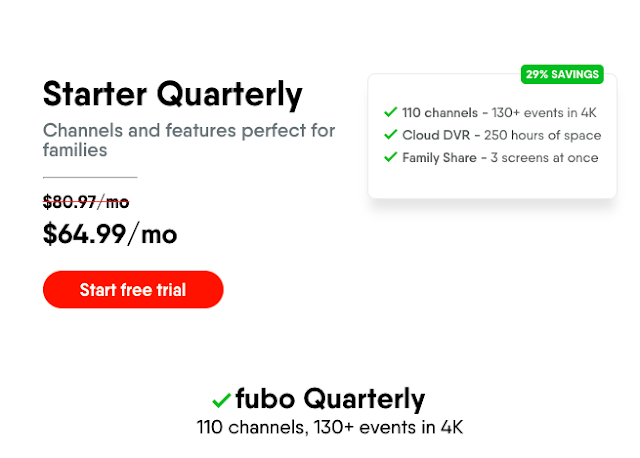Maybe your plans (if you have plans) include dinner and a movie. I don't have any McDonald's coupons to offer but you might want to check the app; there are specials there (I'm a cheap date). But, maybe I can help with the movie afterwards.
I went to a few Websites and looked up lists of Valentine's Day movies. These are some of the ones listed, with most of these on several (or most, or all) of the lists. I'll list some of the subscription or free services where you can watch it, as well as a link where you can buy it from Amazon if you want.
- The Princess Bride is on Hulu, Disney+. Amazon.
- Pride & Prejudice (2005) is on HBO Max. Amazon
- Casablanca is on HBO Max. Amazon.
- When Harry Met Sally is on HBO Max. Amazon.
- Say Anything is on HBO Max, Cinemax. Amazon.
- It Happened One Night is on TV Time (free), YouTube TV, Philo, Retro Reels (subscription). Amazon.
- Lady and the Tramp is on Disney+. Amazon.
- Titanic (1997) is on Showtime. Amazon.
This next one is a classic, followed by a remake, followed by a not-remake that referenced the others.
- Love Affair (1939) is free on Pluto TV, Tubi, Plex, Crackle, Classic Movie Vault, Continuum, TMC Movie Classic, Raygun, DDD Television, with subscription on Paramount+, Epix, Epix Now, Retro Reels. Amazon.
- An Affair to Remember is on Movieland TV (free). Amazon.
- Sleepless in Seattle is on The Roku Channel, included with Prime Video. Amazon.
This last entry/entries is/are another animal altogether.
- A Star Is Born (1937) is on HBO Max (subscription), included with Prime Video, and free with The Roku Channel, Plex, IMDB TV, Tubi, Pluto TV, Xumo, Classic Movies, Classic Movie Vault, Classic Reruns TV, Fawesome, ZP TV, TV Tine, TMC Movie Classics, Raygun, Kanopy Hollywood Classics, Continuum, DDD Television. Amazon.
- A Star Is Born (1954) is on HBO Max. Amazon.
- A Star Is Born (1976) is on HBO Max. Amazon.
- A Star Is Born (2018) is on YouTube TV. Amazon.
I own all of these movies, so at least you know I'm not suggesting something for you that I didn't put money into myself. Also, keep in mind there may be other ways to watch the movies. There are certainly other ways to purchase them besides Amazon. I obtained the list of services that carry the movies by searching for each of the movies on Roku, Fire TV, and Chromecast/Google TV.
If you want to check out the full lists I used, they are:
- Woman's Day - 42 Valentine's Day Movies to Stream for a Cozy Holiday at Home
- Town & Country - 26 of the Best Valentine's Day Movies Ever Made
- Country Living - 40 Best Valentine's Day Movies You Can Stream Right Now
- Washington Post - The best movies for Valentine’s Day? These actors (and one Muppet) have some thoughts.
- TV Guide - The 16 Best Romantic Valentine's Day Movies to Watch on Netflix, Disney+, Amazon, Hulu, and HBO Max Right Now
Perhaps these movies will make a great addition to your Streaming Life. Or even better, your love life.
As an Amazon Associate I earn from qualifying purchases.
















